How to Keep Hardscapes Clean
 Like all landscaping and landscaping elements, hardscapes require maintenance. Hardscape maintenance is usually seasonal and consists of cleaning. Seasonal cleaning often reveals small repair issues that can be fixed immediately to save you hassle and money.
Like all landscaping and landscaping elements, hardscapes require maintenance. Hardscape maintenance is usually seasonal and consists of cleaning. Seasonal cleaning often reveals small repair issues that can be fixed immediately to save you hassle and money.
What is a Hardscape?
Hardscapes include:
• Patios
• Sidewalks
• Decorative walkways
• Retaining walls
• Driveways
• Dry creek beds
• Decorative fencing
• Pergolas
• Gazebos
• Raised garden beds
Ill-maintained hardscapes make your lawn look shabby and bring down your property’s curb appeal.
How Do Hardscapes Get Dirty?
Mud, salt, mildew and mold are the most common things that spoil the look of your pergola or retaining wall. You may not think of mold and mildew as a problem if you live in a drought-prone area, but if you have a swimming pool or sprinklers, you have dampness. That dampness can cause ugly, unhealthy mold and mildew.
If your yard is dry, summer winds can drive waves of dirt against your white retaining walls. Hard storms leave mud splashed on walls, patios and sidewalks. Storms off the oceans scour stain and paint off your wooden fencing or pergola. Salt is very damaging to some hardscapes.
No matter where you live, sidewalks deteriorate over time. Stone walkways also develop cracks. With regular hardscape cleaning, you can catch damage in the early stages, and repairs will be easier and less expensive.
Cleaning hardscapes is like seasonal yard cleaning. If you let it go, your enjoyment of your landscaping will suffer, and you may end up paying more to fix a big problem than you would have with seasonal cleaning.
How Do You Clean Hardscapes?
Cleaning hardscapes depends on the surface material and whether it’s painted or stained. Every cleaning is a multi-step process.
The first step is to evaluate the surface. Is it an older surface or relatively new? Is it just in need of cleaning, or does it require repair? Sometimes damage can’t be seen until the surface is cleaned.
If your sidewalk or stone pathway needs cleaning, a landscaper will remove weeds and look for cracks. Pressure washing will remove the roots of weeds and brighten the surface, making it look new again.
Pressure washing is the go-to cleaning method for retaining walls and patios. Depending on the structure, wood can be scrubbed with a brush designed for outdoor cleaning or pressure washed. If you want your wood fence to look new without the expense of replacing it, pressure washing and restaining is the ideal solution.
The above also applies to decks. For the best-looking deck in the neighborhood, have yours pressure washed at the end of winter, and restain it if necessary.
If your landscaper finds problems like cracks or mold growth with your hardscapes, ask about moving your sprinklers.
Things to Remember:
• Mold and mildew can grow in any environment
• Cleaning can reveal minor damage before it becomes serious
• Seasonal cleaning makes wood last longer
• Your landscaper knows the best cleaning methods for different hardscapes
Contact us today to arrange seasonal cleaning for your property.

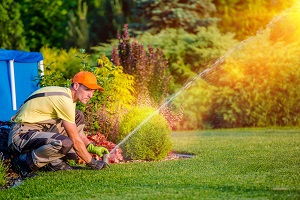 Installing and Repairing Sprinkler Systems
Installing and Repairing Sprinkler Systems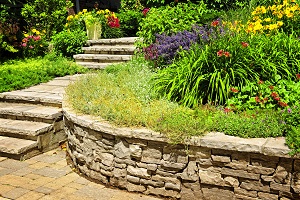
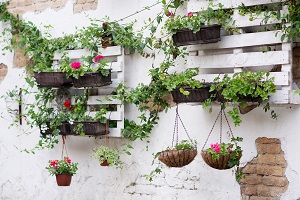 Pallet Gardening
Pallet Gardening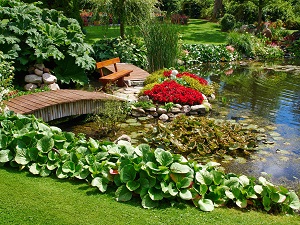
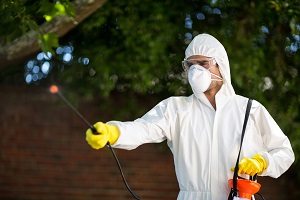 Lawn Chemicals
Lawn Chemicals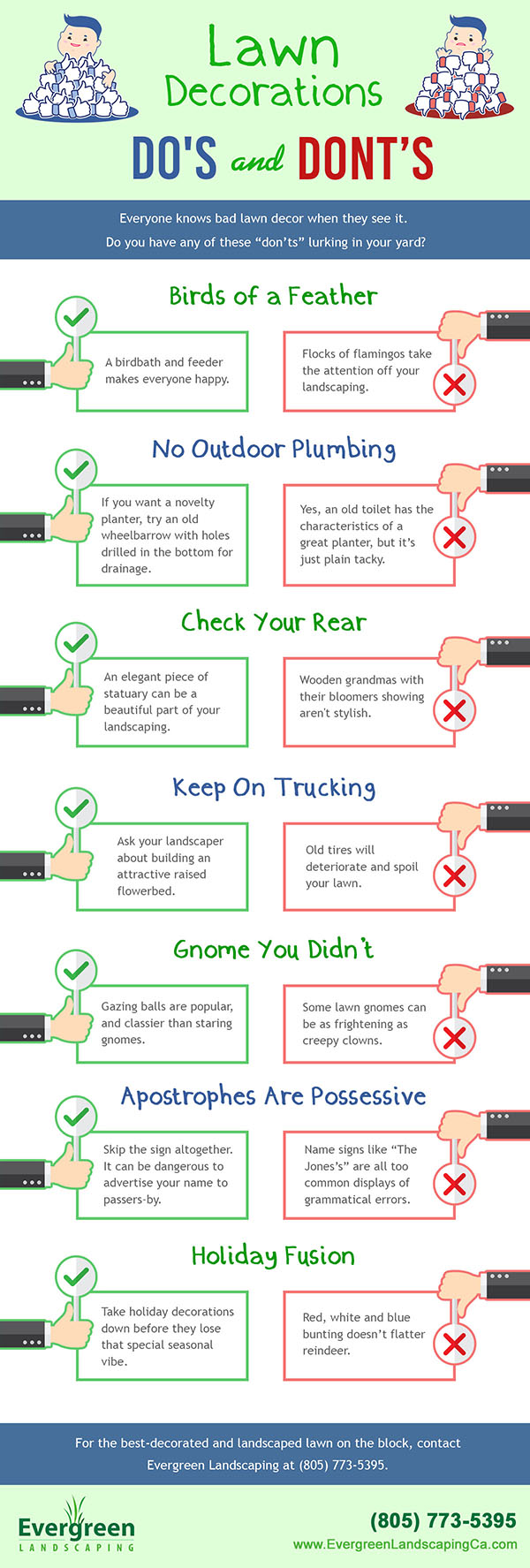
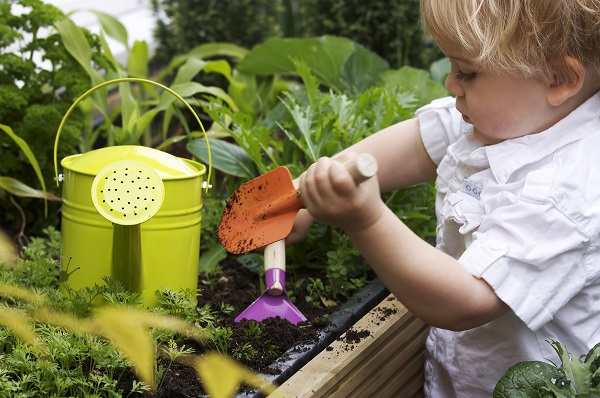 Do you want to pass your love of gardening on to your children or grandchildren? Gardening with kids is a great way to get them offline, outside and give them a lifelong, productive hobby.
Do you want to pass your love of gardening on to your children or grandchildren? Gardening with kids is a great way to get them offline, outside and give them a lifelong, productive hobby.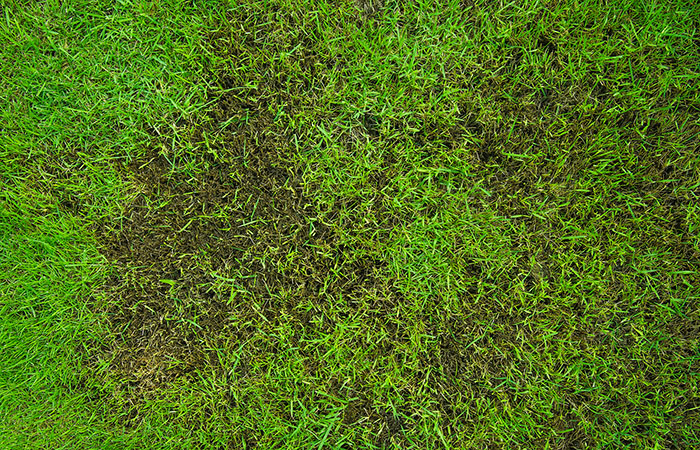 You’ve just bought a house with zero curb appeal. Maybe you loved the house so much you overlooked the lawn. Maybe you got a good price because the property is a disaster. Now you have a great house with an awful lawn. Under the overgrown hedges, dying grass and out of control wild plants, there’s a good lawn that you can restore.
You’ve just bought a house with zero curb appeal. Maybe you loved the house so much you overlooked the lawn. Maybe you got a good price because the property is a disaster. Now you have a great house with an awful lawn. Under the overgrown hedges, dying grass and out of control wild plants, there’s a good lawn that you can restore.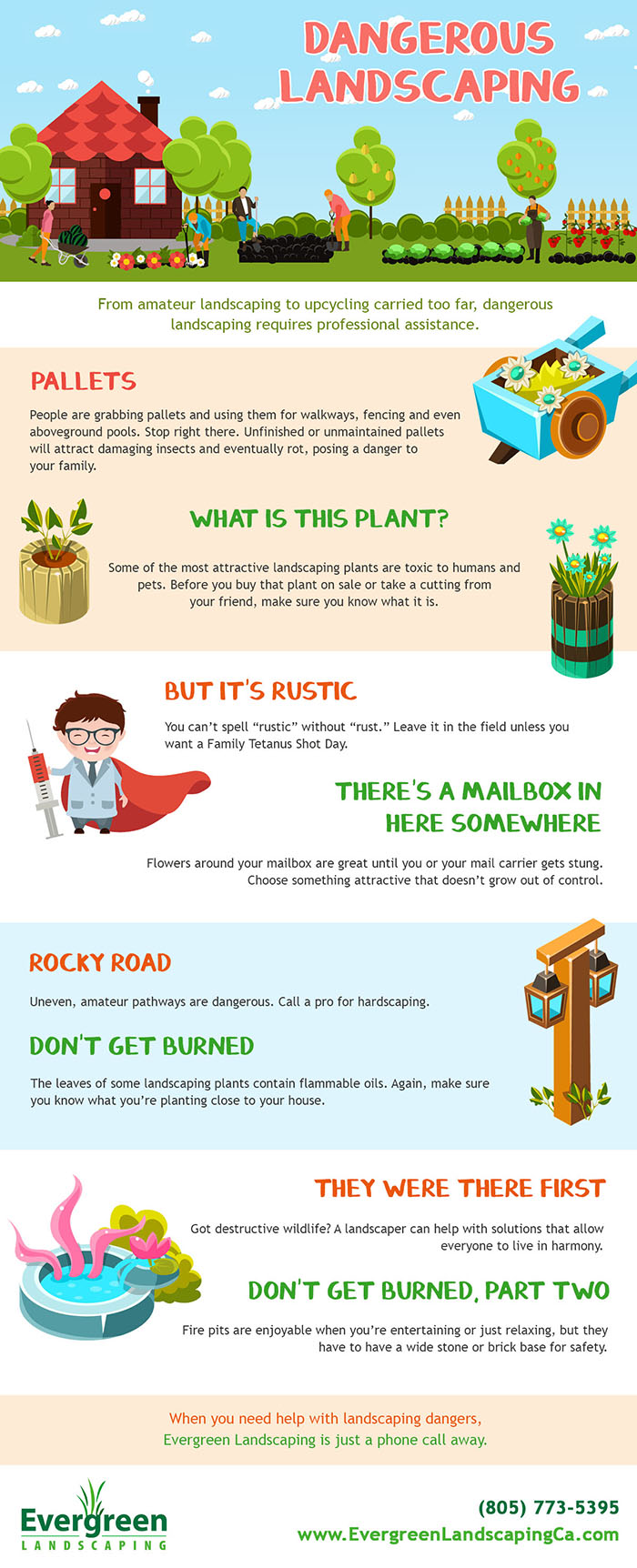
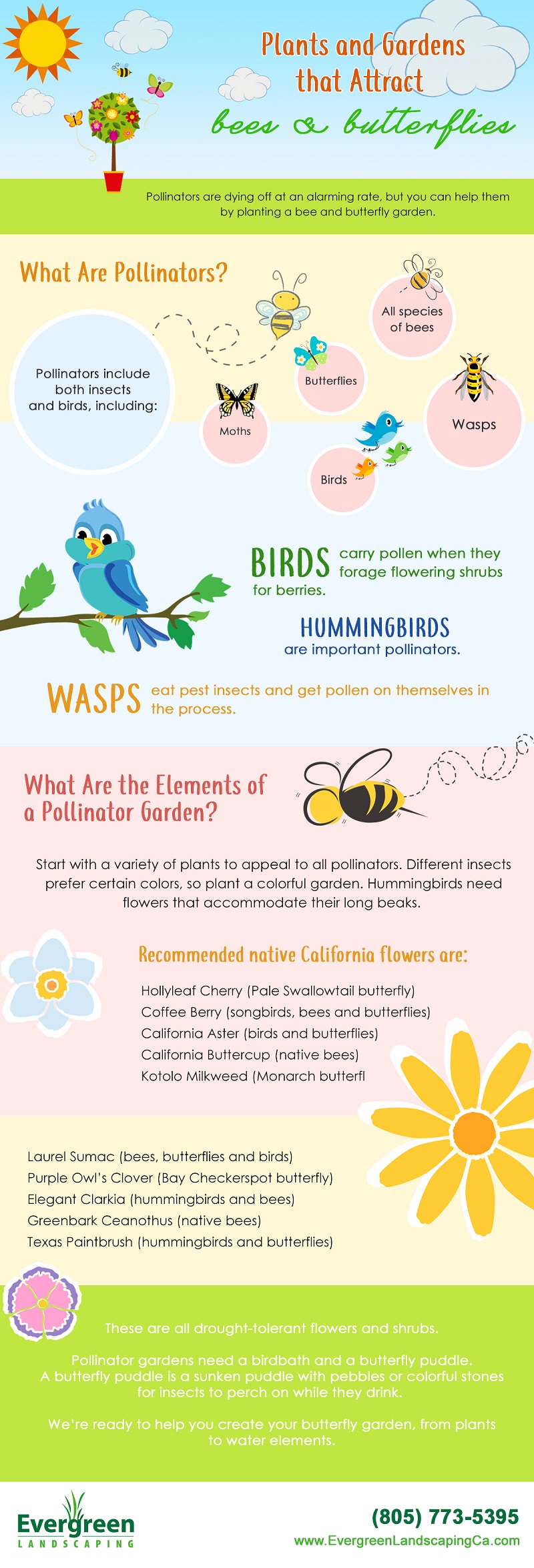
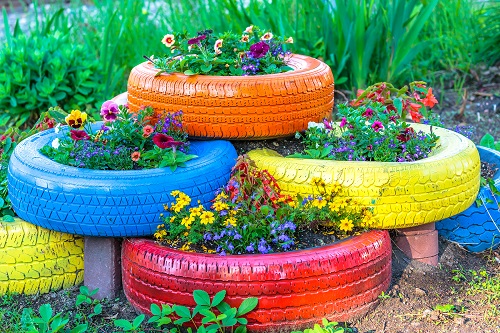 Planters can keep your lawn colorful and your garden going during the worst droughts. Even if you’re under severe water restrictions, you can still water them. Planters of differing sizes give your garden extra visual appeal. You can also bring your garden onto your patio or to your poolside with containers.
Planters can keep your lawn colorful and your garden going during the worst droughts. Even if you’re under severe water restrictions, you can still water them. Planters of differing sizes give your garden extra visual appeal. You can also bring your garden onto your patio or to your poolside with containers.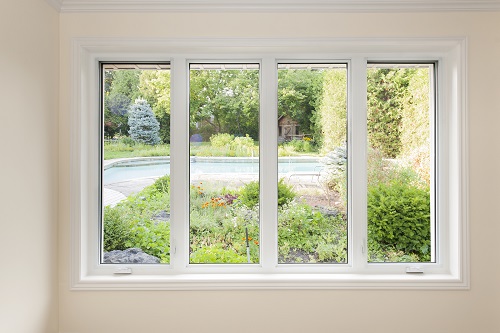
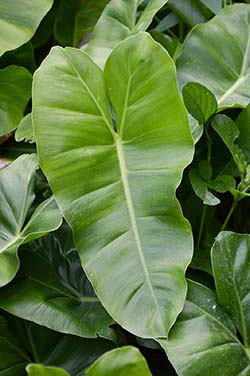 Indoor Greenery that Can Be Dangerous
Indoor Greenery that Can Be Dangerous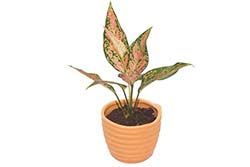 Dieffenbachia has dramatically colored white and green leaves. Its juice is so toxic that some South American tribes used the juice to make poison arrows. The juice causes skin damage and digestive upset. This plant should not be in a home with children or pets, and you should exercise caution when handling it.
Dieffenbachia has dramatically colored white and green leaves. Its juice is so toxic that some South American tribes used the juice to make poison arrows. The juice causes skin damage and digestive upset. This plant should not be in a home with children or pets, and you should exercise caution when handling it.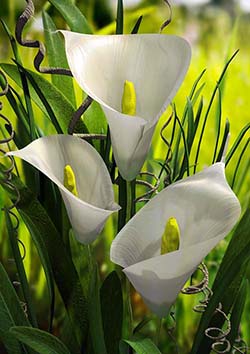 Hazardous Cut Flowers
Hazardous Cut Flowers Keep Hydrangea out of the house. If ingested, it can cause illness ranging from stomach upset to convulsions and even coma. Be careful touching the plant. Hydrangea can cause skin irritation.
Keep Hydrangea out of the house. If ingested, it can cause illness ranging from stomach upset to convulsions and even coma. Be careful touching the plant. Hydrangea can cause skin irritation.